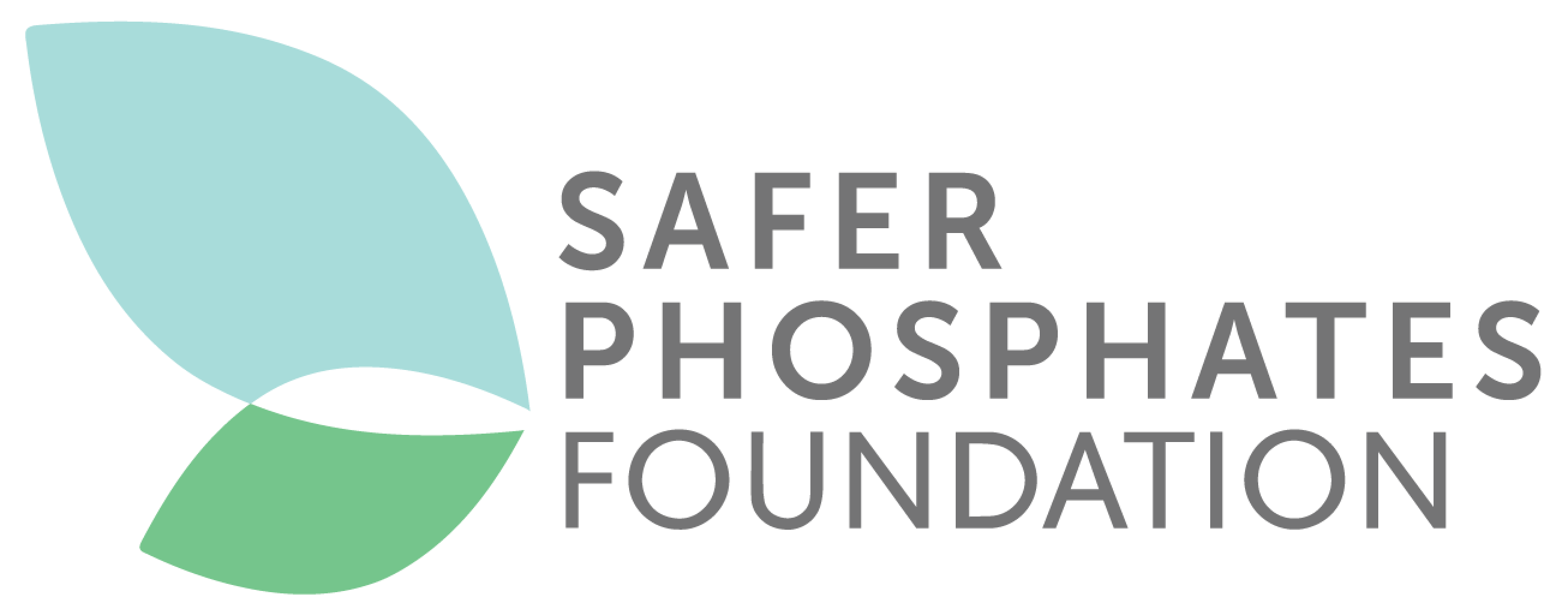In 2015, the French Agency for Food, Environmental and Occupation Health & Safety (ANSES) was mandated by the French government to prepare a scientific report on the following issues:
“Exposure to cadmium - Proposed toxicological reference values (TRVs) by ingestion, benchmark health values in biological media (blood, urine, etc.) and cadmium levels in fertilisers and culture media to control the pollution of agricultural soils and contamination of crop production”.
)
Although these reports were completed between 2017 and 2018 (with final approval by the ANSES expert committee on 29th November 2018), the Agency only published its Opinion almost a year later on 26th September 2019.
A certain number of potential factors may have played a significant role in the delay of the publication such as the intensive trialogue discussions between EU institutions on the Fertilisers Regulation (i.e. cadmium levels), European elections and the subsequent appointment of a new Commissioner in charge of Health and Food Safety (Mrs Stella Kyriakides).
Although considerably delayed, Safer Phosphates can only welcome ANSES’s conclusions which recommend in particular that the intake of cadmium by fertilisers (may they be mineral fertilisers or waste used to fertilise crops such a manure) does not exceed a flow of 2 grams per hectare per year. What is more, where phosphate mineral fertilisers are used, the Agency recommends lowering the levels of cadmium in fertilisers down to 20 mg Cd/kg P2O5.
These thresholds are essential in reducing the accumulation of cadmium in soils and its transfer to crops, surface water and ground water. The application of these thresholds would significantly increase the protection of consumers exposed to cadmium through food. In this respect, ANSES encourages increased efforts at national and EU level to reduce exposure to cadmium:
“If no action is taken to reduce cadmium content in mineral phosphate fertilisers, the negative impact on consumers will be significant”.
Indeed, should the current level of restrictions be maintained, ANSES estimated that by the end of the century, the percentage of children with excess in the norms of permissible cadmium content in their body would double – with a third or more of those children with a risk which could not be prevented (in 2009 this indicator did not exceed 15%).
To this end, ANSES concluded overall that cadmium supply to agricultural soils can be regulated by the use of phosphorus fertilisers by farmers made from raw materials with naturally low cadmium content or purified from harmful impurities using special decadmiating methods.
In these circumstances, Safer Phosphates believes it is essential to keep open and maintain a dialogue between stakeholders on this issue with regards to already available means to ensure this Opinion. As such, it calls upon the consideration of concrete next steps to defend sustainable EU agriculture & food by ensuring the implementation of coherent and complementary protective measures to reduce cadmium intake.
Secretary General of Safer Phosphates

